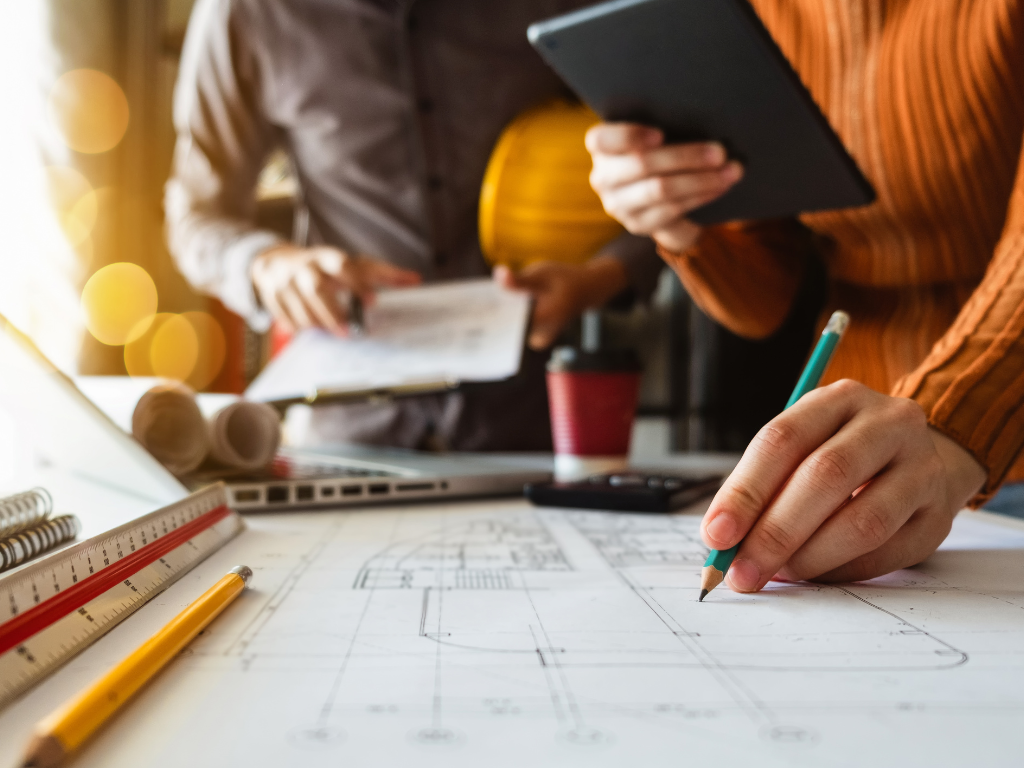
Adopting lean principles in procurement is becoming increasingly vital for achieving operational excellence, reducing waste, and enhancing project outcomes. This article delves into the fundamentals of lean construction procurement techniques, their benefits, and how they contribute to streamlined project management.
Understanding Lean Construction Procurement
Lean construction procurement focuses on optimizing processes to maximize value and minimize waste throughout the project lifecycle. It integrates principles such as continuous improvement, collaborative planning, and efficient resource allocation to achieve cost-effective and timely project delivery.
Key Techniques and Strategies
1. Collaborative Planning
Central to lean procurement is collaborative planning involving all stakeholders, from architects and engineers to contractors and suppliers. This approach fosters transparency, enhances communication, and aligns project objectives with client expectations.
2. Just-In-Time Delivery
Implementing just-in-time (JIT) delivery minimizes inventory holding costs and reduces the risk of material waste. By scheduling deliveries precisely when needed, construction firms optimize storage space and ensure materials are used efficiently.
3. Value Stream Mapping
Value stream mapping (VSM) identifies inefficiencies in procurement processes and streamlines workflows to eliminate non-value-added activities. This visual tool helps visualize the flow of materials and information, enabling teams to identify opportunities for improvement.
Benefits of Lean Construction Procurement
- Cost Efficiency: Reduces project costs by eliminating waste and optimizing resource allocation.
- Improved Quality: Enhances project quality through systematic planning and continuous process improvement.
- Enhanced Collaboration: Fosters collaboration among project teams, leading to better decision-making and faster problem resolution.
For more insights into lean construction planning and procurement techniques, visit Understanding Lean Construction Planning and Procurement for detailed industry perspectives.
Building Radar’s Role in Lean Construction Procurement
Integrating Building Radar into lean construction strategies enhances project visibility and procurement efficiency:
- Early Project Identification: Leveraging AI-powered insights, Building Radar identifies new construction projects globally, enabling proactive procurement planning and strategic resource allocation.
- CRM Integration: Seamlessly integrates with CRM systems to streamline lead management and enhance supplier relationship management, ensuring JIT delivery and optimizing procurement timelines.
- Enhanced Project Forecasting: Provides real-time market intelligence and trend analysis, enabling construction firms to anticipate project demands and align procurement strategies accordingly.
Explore further insights on lean construction techniques and procurement strategies on the Building Radar construction blog for practical industry applications and case studies.
Conclusion
Lean construction procurement techniques offer a strategic framework for optimizing project delivery, minimizing waste, and maximizing value across construction projects. By embracing lean principles and leveraging technological solutions like Building Radar, construction firms can achieve sustainable growth and competitive advantage in today’s challenging marketplace.Explore Further:



